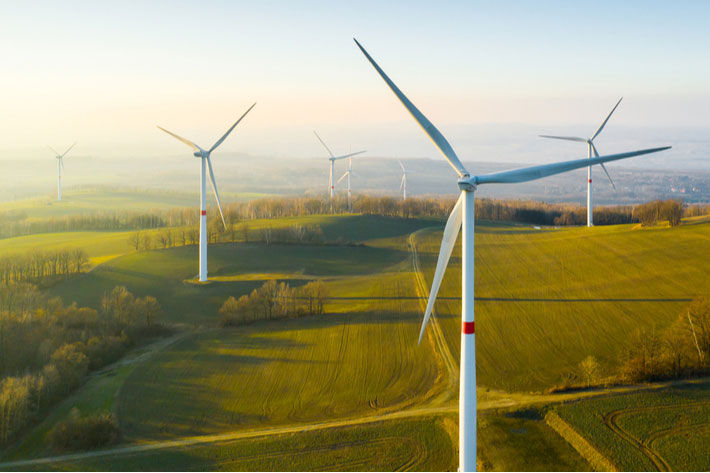
“But to meet the commitments towards decarbonisation, most of the transport vehicles will have to be electrified by then. Moreover, the use of renewables, nuclear, hydrogen and ammonia will have to be stepped up to reduce the high dependency on fossil fuels in the region,” Han Phoumin, senior energy economist with the Economic Research Institute for ASEAN and East Asia (ERIA), Jakarta, told the ‘Reporting Cambodia’s ASEAN Chair’ workshop for journalists over video conference.
The workshop was organised recently in Phnom Penh by ERIA and the Khmer Times newspaper.
According to him, renewables will have to be the main energy sources by then. “In the power sector, natural gas will replace coal,” Phoumin said.
Until now, Asean economies have benefitted from the growth of coal-fired power plants due to financing from China, South Korea and Japan. However, these three developed countries have turned away from coal and announced plans to end overseas coal financing.
In addition, major banks and financial institutions also made commitments at the Conference of Parties (COP26) held in Glasgow last year to stop funding coal plants around the world, the newspaper quoted Phoumin as saying.
“The COP26 outcomes, therefore, pose a risk for ASEAN countries with high carbon intensity. These countries should envisage policy changes to offset the risk. One of the issues will be energy affordability. Will alternative energy be affordable? Who will finance the energy transition as many clean technologies remain expensive,” he said.
COP26 will influence national policies across the globe in their bid to achieve the target of becoming low carbon societies to limit global warming below 2 degree celsius.
Meanwhile, in the region of ASEAN and East Asia, Cambodia, Singapore, Japan and South Korea had announced plans to achieve net-zero emissions by 2050, while China aims to achieve it by 2060. Thailand has pledged to achieve carbon neutrality by 2065.
Cambodia is committed to reducing its greenhouse gas emissions by more than 40 per cent by 2030 and achieving carbon neutrality by 2050. Cambodia’s environmental road map, known officially as a ‘Long-term strategy for Carbon Neutrality,’ was submitted to the United Nations Convention on Climate Change on December 30, 2021.
The road map proposes to balance economic growth and social justice with the country’s decarbonisation goals. Cambodia also believes that its carbon neutrality policy will account for 3 per cent of the gross domestic product by 2050 and create nearly 500,000 new jobs for the country’s youth.
Fibre2Fashion News Desk (DS)